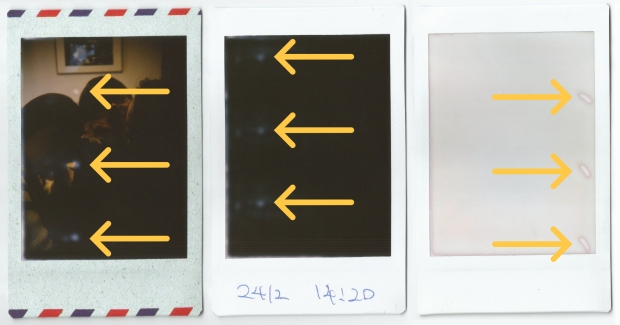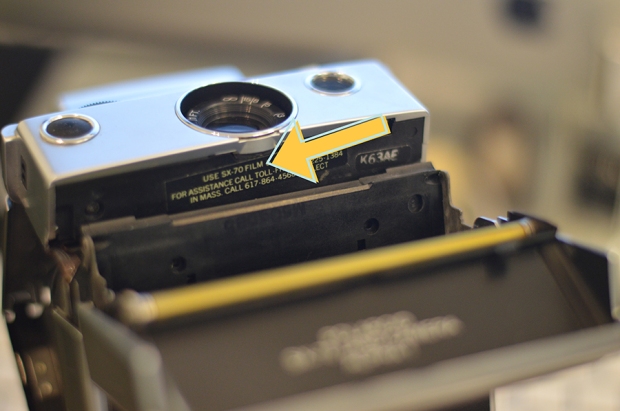

AFTER PURCHASE


When you purchase a fresh pack of film for your Polaroid camera, normally an unopened package is allowed to store for 12 months. For opened film, better to finish photographing within a month.

Optimum range of temperature for Impossible Project film storage is between 15°C – 20°C (59°F – 68°F). As the film is super sensitive to light, avoid any exposure to sunlight. Otherwise it may cause undesirable chemical reaction.
For Fujifilm instant color film, keep it in the fridge at temperature below 10°C (50°F). Opened film packs can also be kept in the fridge by placing them into polyethylene or vinyl bags.

Store your films in a cool place and avoid sunlight. Do not store your films in damp proofing box – film chemicals will dry and will no longer develop images. Before use, try to settle to room temperature if the film is placed in the fridge. If you use the film while it is still cold, the photo quality may be adversely affected by condensation.
AFTER CARE

(In short run) Shading
When the photo is ejected immediately after photographing, that will be the critical moment! Shield it from light immediately.


When developed film is exposed to strong light, the image will increase it brightness by approximately two stops. Somehow this will ruin the picture.
The best and most effective approach is to use a Frog Tongue. The frog tongue will essentially cover the photo when it is ejected, leaving it no chance at all to encounter light. Or a more economical way is to tape a black card on top of the picture exit slot. It acts similar to the frog tongue but it could be annoying to tape on and off.
After ejection, do not leave the film under direct sunlight while it is still developing. Also, do not bend, fold, or put pressure on the photo or else may cause unevenness on the image.
(In short run) Development

Keep shielding the image from light when developing. In about 15 minutes, the image will nearly be developed and stabilised.
(In long run) Location
The quality of finished images will change during storage. The key is to store the image in a cool place, preferably the fridge (not freezer).

(In long run) Temperature
Storing in crisper drawer is the optimum solution for image stability. Do not store the film under 0°C / 32°F as this may devastate images.

(In long run) Methods
A. Make good use of your fridge

For the best results, put the photos in the fridge for 1 to 2 weeks. The temperature and humidity in crisper drawers (where to store fruits) can slower down the speed of changing colour and is effective to keep the color on films. After 2 weeks, you will find the pictures become rigid and stiff, that means the pictures have already “cooled down” and can exhibit like normal.
For Fujifilm, keep images in a dark dry and well-ventilated location away from gases. You don’t need to keep Fujifilm in the fridge like Impossible Project film.
B. Emulsion lift

It is about removing the emulsion layer from a sheet of Polaroid / Impossible or Fuji film and transferring it onto other surfaces such as clothing, painting paper, mug etc. After that the image is forever kept. During the process of emulsion lift, you can even enlarge or change the shape of the image. Special kit is needed for emulsion lift.
C. Air the chemical

Some will cut out 2 blank boxes behind Polaroid / Impossible image so as to fasten up the speed of drying chemicals. But after a certain period of time, the image will fade especially Black & White photos. Moreover, the back of image is unavoidably damaged thus many photographers avoid using this method.

![]()























 Before departure
Before departure


 After arrival
After arrival














